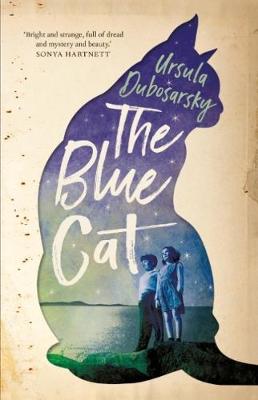While the city of Paris falls to the Germanic forces, European refugees are migrating to Australia, fractured and displaced by conflict. Ellery is a Jewish boy, withdrawn and unable to verbally communicate. Children are remarkably resilient and Columba was a wonderfully compassionate young girl and curiously, approaches Ellery.
I had never heard Ellery laugh before, not out loud. I loved the sound, it filled me up. It tinkled like a magic bird.
Ellery and Columba engage in apprehensive smiles and amiable silences, a tentative companionship leading to adventure. Columba is influenced by friend Hilda, a young girl fond of telling tales and repeating rumours. I found Hilda's character quite manipulate and relentless, insisting Ellery has migrated from Germany where his mother had perished, a casualty of war. The narrative being told through the narration of a young girl although charming, is unreliable.
At the essence of the narration is a stray Blue Cat, suspected to have escaped from the Warships dappled throughout the harbour. The role of the feline is of little significance, temporarily residing at an elderly neighbours residence when it disappears into the night. Is the Blue Cat mere symbolism for a greater relevance? Bringing communities together? The infusion of magical realism felt incoherent and as though an integral aspect of the storyline was absent, creating an incredibly abrupt ending.
The Blue Cat is beautifully written, lyrical and delicate, within the nineteen forties atmospheric Sydney harbour. Although the narrative required direction, author Ursula Dubosarsky has created a wonderfully Australian ambiance, breathing life into our historical city landscapes.
